Is horror the most disrespected genre?
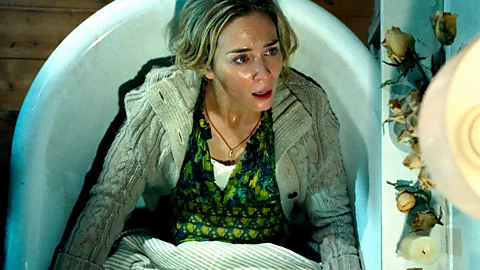 Alamy
AlamyThe view that A Quiet Place is ‘elevated horror’ is a backhanded compliment, showing critics’ dismissive attitude toward scary films, writes Nicholas Barber.
After the short film A Still Sunrise debuted at the Cannes Film Festival in May, its lead actor, Jamie Lee-Hill, sent a tweet about it, appending the hashtag ‘#elevatedhorror’. “Why use that particular term?” someone asked in response. Lee-Hill replied: “Because it’s actually an intelligent drama with symbolism within the film.”
Did Lee-Hill mean that standard horror movies aren’t intelligent dramas and that they don’t have symbolism within them? If so, he was asking to be hunted down by a zombie-like pack of vengeful horror fans. But he isn’t alone in drawing a distinction between ‘horror’ and so-called ‘elevated horror’. John Krasinski, the co-writer and director of A Quiet Place, told an interviewer that his own terrifying hit wasn’t inspired by horror movies, per se, but by “these amazing, elevated horror movies”, by which he meant the recent run of films that have garnered a lot more critical acclaim than monster movies usually do.
Obvious examples are Jennifer Kent’s motherhood mind-bender The Babadook (2014); Robert Eggers’ colonial chiller The Witch (2015); David Robert Mitchell’s ingeniously simple It Follows (2015); Julia DuCournau’s French cannibal coming-of-ager Raw (2016); and Jordan Peele’s Oscar-nominated anti-racism blast, Get Out (2017). The next addition to this roster, Hereditary, starring Toni Colette, is released this week.
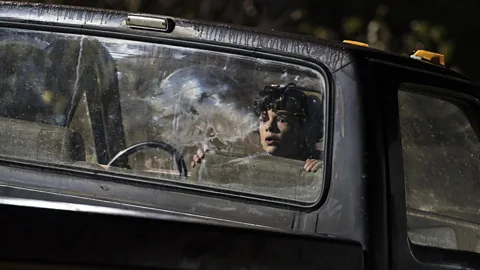 Alamy
AlamyMore thoughtful and experimental than the average scary movie, these films have prompted journalists to brand them not just ‘elevated horror’ but ‘post-horror’, ‘smart horror’, ‘horror-adjacent’ – anything but horror. But horror devotees aren’t happy about what they see as a patronising and reductive snub of the genre they adore. Anne Billson, a novelist and critic, summed up those fans’ feelings in a tweet: “Whenever a horror movie makes a splash... there is invariably an article calling it ‘smart’ or ‘elevated’ or ‘art house’ horror. They hate horror SO MUCH they have to frame its hits as something else.” In another tweet, April Wolfe, a writer and film-maker, went further: “Gonna freak… out if people don’t stop using the phrase ‘elevated horror’! It’s just horror. It’s OK to say it’s horror! ... I don’t say ‘elevated dramas’ to distinguish which dramas I like and don’t like.”
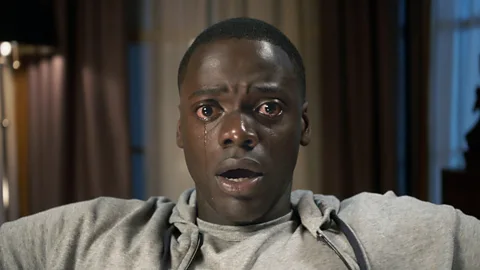 Alamy
AlamyMaybe they’re right. Maybe these elevated horror films are simply horror films that happen to have been well-received, and the term ‘elevated horror’ shouldn’t be applied to any film that isn’t set in a lift or on a mountaintop. But a quick internet search reveals that it wasn’t coined in response to the likes of The Babadook and The Witch. ‘Elevated horror’ appeared on a message board in 2010; and in 2012 someone else referred to the term as a “hot new expression bandied about by Hollywood executives”. What it articulates is the film industry’s perennial ambivalence towards horror – the genre it can’t live with, but can’t live without.
Scary-low price tags
“There are no clear-cut formulas for making money in the film business,” says Simon Rumley, the cult director of The Living and the Dead, Red White and Blue, and Fashionista, “but one thing has become certain: horror still has the capacity to be the most profitable genre in the industry when you balance money invested (ie not much) against money returned (ie sometimes a lot). No A-listers are necessary. A grass-roots campaign with an effervescent and vocal community can kick-start a film’s online presence. Why spend $150m (£112m) when you can spend $3m (£2.25m)?”
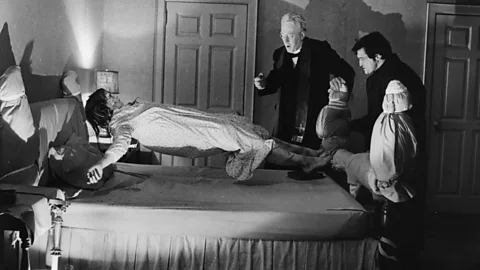 Alamy
AlamyHorror movies, then, are one of the safest ways for financiers to get a return on their investment. But this very cheapness (along with, let’s face it, all the blood and guts) is also why they are perceived as a slightly embarrassing, bargain-basement alternative to mainstream drama. And the genre’s off-putting image wasn’t improved in the mid-2000s when the highest-profile horror franchises, Saw and Hostel, were so proudly gruesome. Yes, they made money – a colossal $975m (£729m) in the case of the Saw series – but they also made people nauseous. You can understand why they might not appeal to a producer with an Oscar- or Bafta-shaped space in their trophy cabinet.
 Alamy
AlamyRumley re the time well. “I pitched a film to a UK executive and she practically guffawed, somewhere between patronising me and feeling sorry for me: ‘We don’t do horror!’” Rumley has since taken to describing his films as “extreme drama” instead. Meanwhile, Dan Berlinka, a Bafta-winning television writer and horror aficionado, its that when he was pitching a TV horror series recently, he opted for the term “thriller-chiller”. And this cultural cringe isn’t new, according to Tim Snelson, a film historian and the author of Phantom Ladies: Hollywood Horror and The Home Front. “Cycles of smart and classy horror films have been triggered across cinema’s history, particularly when simultaneous critical and commercial successes like Rebecca (1940) or The Exorcist (1973) have alerted the industry and audiences to their enduring appeal,” says Snelson. “But Hollywood has historically used ‘chillers’, ‘shockers’, ‘mysteries’, ‘psychological films’... all sorts of to distinguish their prestige productions from horror’s negative connotations.”
Exorcising the stigma
If these connotations have become less negative lately, it’s largely down to two independent companies, Blumhouse (Get Out, Split, The Purge) and A24 (Hereditary, The Witch), both of which champion idea-based rather than gore-based horror. Not everyone is a fan of these films, however. In February 2016, Bret Easton Ellis, the author of American Psycho, tweeted: “Indie Arthouse Horror is becoming my least favourite new genre: It Follows, Goodnight Mommy, The Babadook, The Witch.” Fair enough. But by grouping these films under one heading, Ellis seems to be acknowledging that they aren’t simply horror movies that have made a splash, as Billson contends. They are distinctive enough to merit a genre of their own.
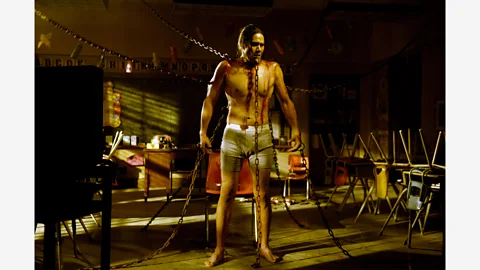 Alamy
AlamyThe trouble is that such modifiers as ‘elevated’ and ‘smart’ imply that other horror films are intrinsically inferior, so you can see why the genre’s fans are riled. “When The Exorcist came out,” says Berlinka, “everyone knew it was classy, but no one was questioning whether or not it was a horror film. It was clearly a horror film. You’d find it in the horror section of every video shop. Back then, you could praise one horror film without feeling the need to slag off all the others at the same time.”
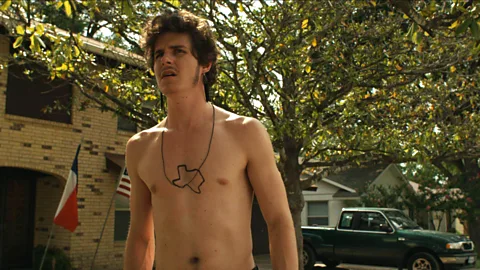 Alamy
AlamyOn the other hand, Berlinka concedes that his own discomfort with ‘elevated horror’ – both the films themselves and their condescending epithet – doesn’t begin and end with his annoyance at ‘snooty’ critics. On one level, he just doesn’t want his niche, underground obsession to become respectable. “Horror fans are like music fans who complain that their favourite indie band isn’t popular, but then get upset when it is. We like the slightly forbidden nature of horror. We like the fact that it’s often crude and exploitative and appeals to our worst instincts. And, at heart, that’s why we get so touchy about ‘elevated horror’. We don’t want our horror to be elevated. Stop elevating it!”
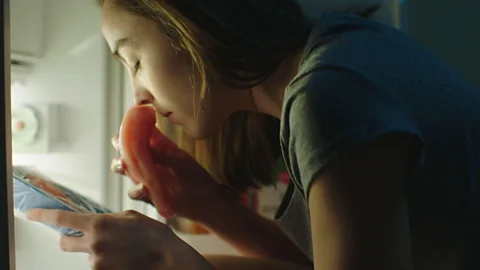 Alamy
AlamyWhat’s happening, it seems, is that these new films aren’t just forcing horror newbies to revise their preconceptions about the genre, they’re forcing horror fans to do the same. But whichever side you’re on, it can’t be a bad thing that so many high quality horror movies are being made. And, in the long-term, it’s likely that the ‘elevated horror’ tag will fade, and such celebrated works as Get Out and A Quiet Place will take their place alongside Microwave Massacre and Friday 13th in every horror encyclopedia.
“The horror label allows not just for schlock and low-budget bloody mayhem, but also for the intelligent, the transgressive and the impossible to categorise,” says Rumley. “I could argue that 1932’s Freaks is an extreme drama, or that David Lynch’s Eraserhead is art house horror, or that Jodorowsky’s Santa Sangre is art house foreign horror. The Shining? Definitely art house. Rosemary’s Baby? Definitely elevated. Shin’ya Tsukamoto’s Tetsuo The Iron Man? How about foreign-art house-elevated? But the reality is that all the above films can be united under one banner. They’re disturbing and they actually challenge an audience to think. In one way or another, they’re all horror.”
If you would like to comment on this story or anything else you have seen on BBC Culture, head over to our Facebook page or message us on Twitter.
And if you liked this story, sign up for the weekly bbc.com features newsletter, called “If You Only Read 6 Things This Week”. A handpicked selection of stories from BBC Future, Culture, Capital and Travel, delivered to your inbox every Friday.
